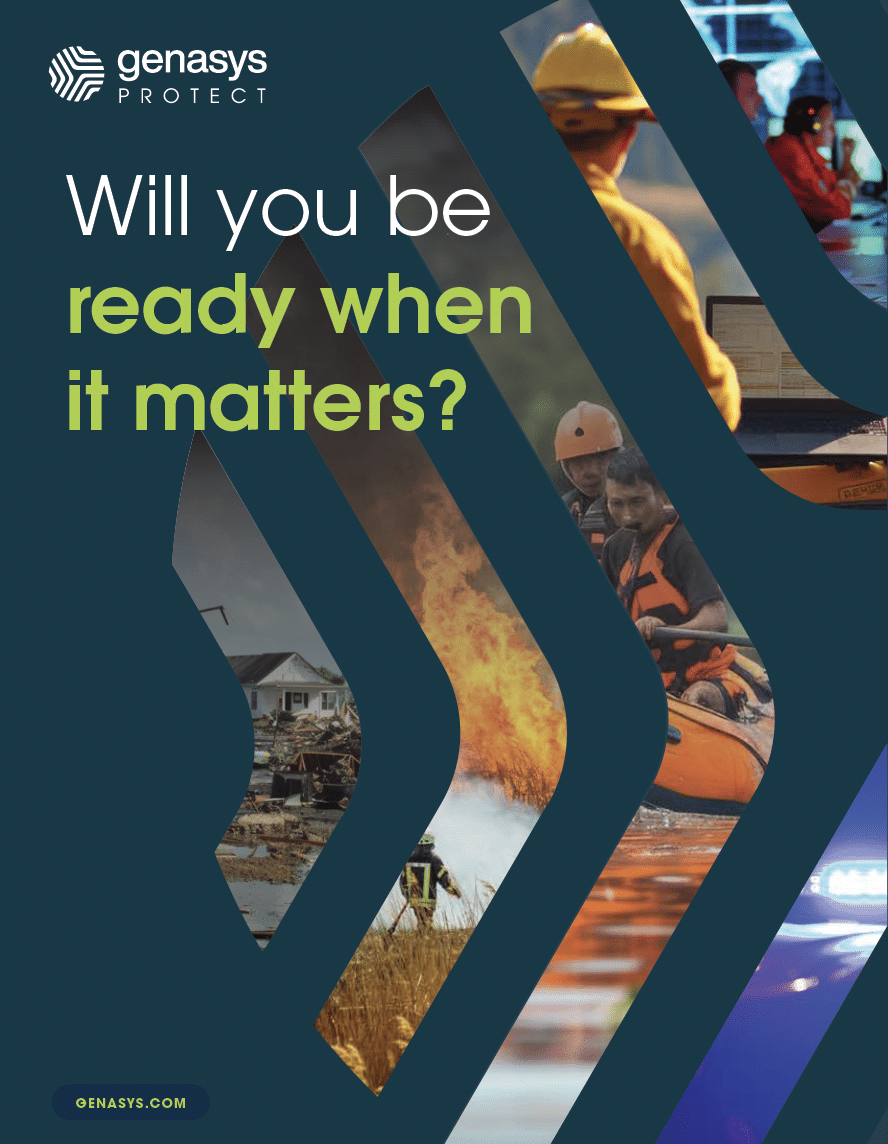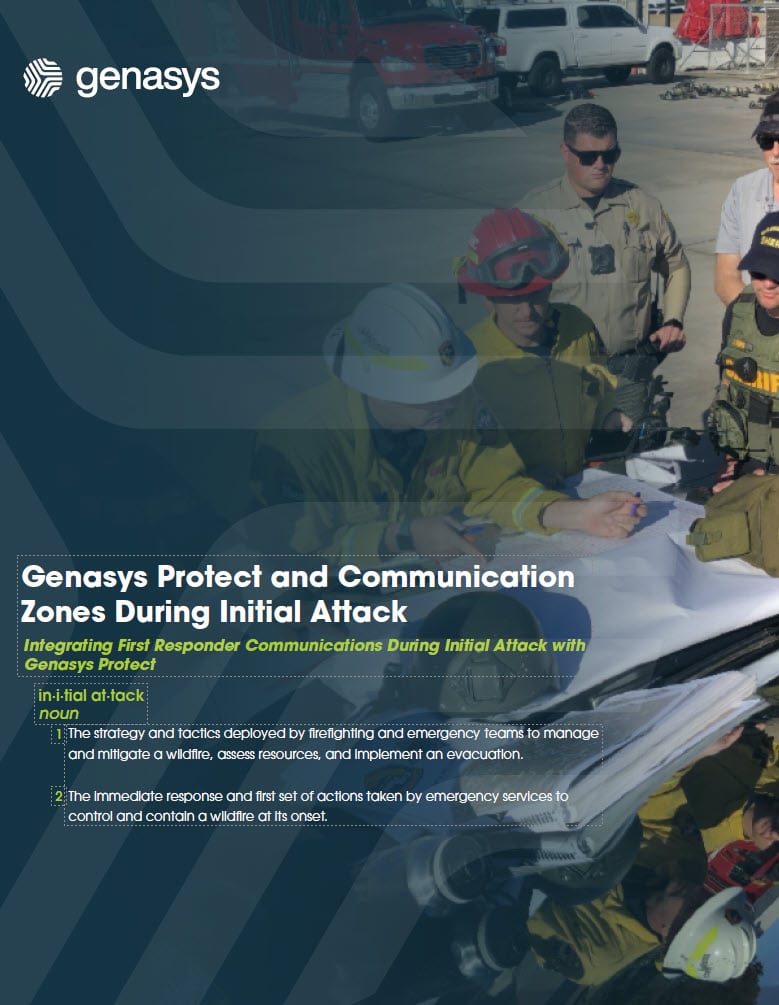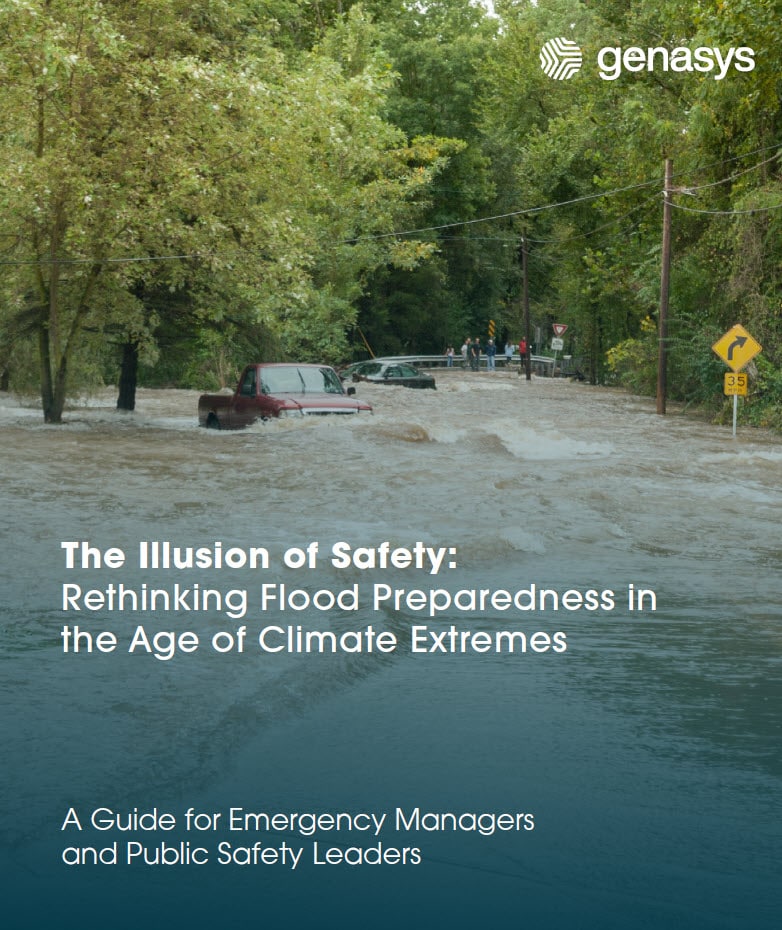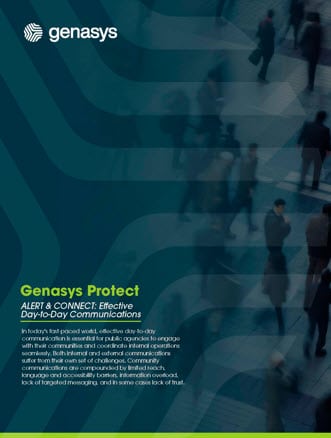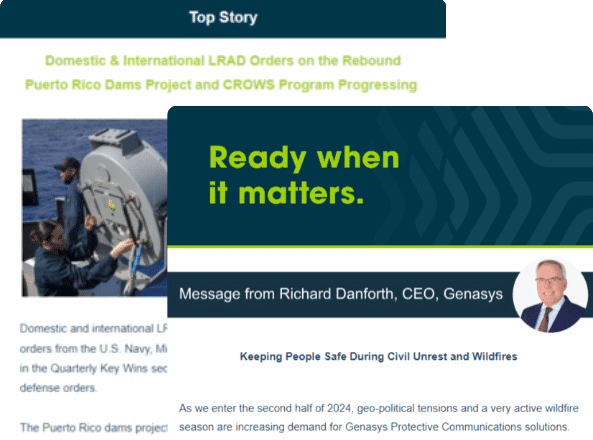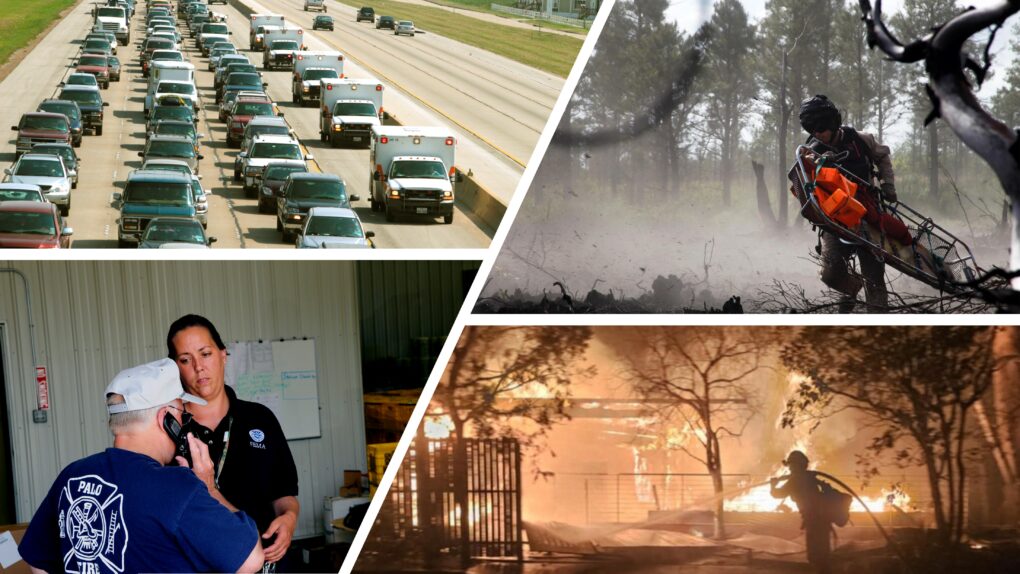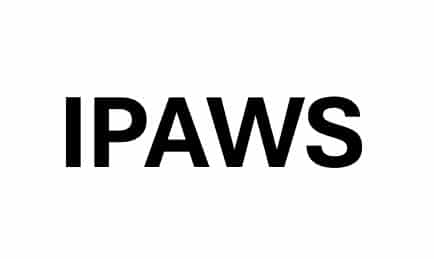By Evan Keats, Former Spokesman and Director of Community Affairs, Sarasota County Sheriff’s Office
Key Takeaways:
- Relying only on “most likely” scenarios can lead to devastating oversights. Agencies must prepare for the unexpected and use flexible planning to save lives.
- Communication is mission-critical in a crisis—even brief breakdowns in communication can escalate danger. State-of-the-art tools and technology, well-rehearsed backup plans, and clarity are essential.
- To avoid a failure of imagination, intuitive and resilient tools like GIS modeling and automated alerts enable agility and help responders adapt fast when real-world conditions shift.
“We were a week and a half into [the planning for the mission to kill Bin Laden]…we rehearsed the perfect plan over and over every day for 14 hours a day with real helicopters. One night, the boss said, ‘what’s the worst thing that could happen?’ The youngest guy in the room said, ‘well the helicopter could crash in the front yard…’”
And that’s exactly what happened!
US Navy SEAL Rob O’Neill is credited with killing Osama bin Laden during Operation Neptune Spear in 2011. He told his story several times over the years with a resolute and definitive message – ‘communication and planning are key.’
While conducting counter terrorism operations may be a world away from your chosen profession, the point is still relevant. Leaders in both the public and private sector can suffer from a failure of imagination.
From Tactical Decisions to ‘All Clear’: How a Failure of Imagination Can Negatively Impact Results
When agencies focus solely on the “most likely” scenario, they risk being caught flat-footed by the unexpected. As a first responder, a failure of imagination doesn’t just show up in tactical decisions, it surfaces in overlooked communication gaps, rigid evacuation routes, and underdeveloped alerting systems.
Communication, both internal and external, can break down in seconds under stress. Evacuation routes may be blocked, alerts may not reach everyone, or public messaging might create confusion instead of clarity. There needs to be a well-practiced backup plan that can be implemented immediately when needed or the consequences can be life-threatening.
That’s why it’s critical for both responders and emergency managers to constantly ask, “What could go wrong?” They need to develop layered, flexible strategies that don’t just rely on best-case assumptions or tried and true action plans. The ability to pivot quickly and confidently during a chaotic event depends entirely on how well alternatives have been considered, and communicated, long before disaster strikes.
Circumstances Evolve in the Blink of an Eye. Is Your Team Ready?
For law enforcement officers, firefighters, paramedics, and emergency managers, the stakes are simply too high to leave anything to chance. From a routine call that turns highly volatile to a natural disaster cutting off critical infrastructure, professionals must operate in rapidly evolving environments where conditions can shift in an instant.
To avoid a failure of imagination, they must challenge assumptions and think beyond the textbook scenarios. What if the primary evacuation route is blocked? What if cellular networks go down during a major incident? What if mutual aid is delayed?
Considering these alternatives ahead of time isn’t just best practice, it’s essential for saving lives. These frontline responders need the ability to anticipate, adapt, and act with confidence, even when reality looks nothing like the plan.
Seeing Beyond the “Most Likely Scenario”
To support an agile, informed response that looks beyond the obvious or practiced, emergency managers and first responders need more than relying on what’s succeeded in the past, they need to step out of the linear mindset of execution and into the “what-if” mentality.
Prior to Hurricane Katrina, government officials were well aware of the possibility of levee failures and breaches. However, the extent of the failures and the severity of the flooding were not fully anticipated. Despite concerns from the National Hurricane Center and other agencies, the risks were downplayed. An hour before Katrina’s landfall, the U.S. Army Corps of Engineers received a report that the levees of the city’s largest drainage canal, had been breached. In total, more than 50 breaches caused 80% of the city to flood, including 95% of St. Bernard Parish.
Although the concept of “failure of imagination” is nothing new (having been coined in the 9/11 Commission Report following the unanticipated attacks on our country), the way we approach it is challenging. Recognizing when conventional thinking is limiting your ability to foresee risks and explore possibilities doesn’t always come naturally.
What Tools Are Available to Support Future Responses?
Thankfully, over the years, technology has shone a spotlight on some of these vulnerabilities. Trusted, reliable, and tech-forward software and communications systems and hardware are being utilized daily by agencies.
When seconds count, outdated tools or a single point of failure can grind operations to a halt. First responders rely on real-time, accurate information to make split-second decisions that can mean the difference between safety and disaster.
Whether it’s GIS-based disaster and evacuation modeling, interoperable communication platforms, or automated alerting systems, the technology must be intuitive, durable, and ready for worst-case scenarios. Resilient systems don’t just keep working when conditions deteriorate—they help teams adapt, maintain situational awareness, and deliver coordinated responses when it matters most. In high-pressure environments, speed and accuracy aren’t luxuries—they’re lifelines.
Contact Genasys to learn about the tools agencies need to plan for the unexpected and respond fast when conditions shift. EVAC supports zone-based modeling and flexible “what-if” planning, while ALERT delivers multi-channel notifications to reach people quickly across devices and platforms. ACOUSTICS, including LRAD, broadcast voice messages that cut through noise and reach kilometers, even indoors or when power and networks go down. CONNECT enables compliant, real-time coordination across teams. The full Genasys Protect Suite gives you the speed, clarity, and resilience needed to protect lives in any scenario.



